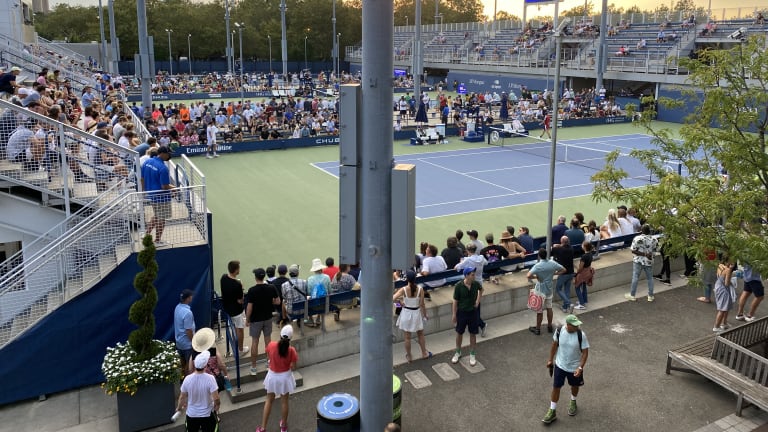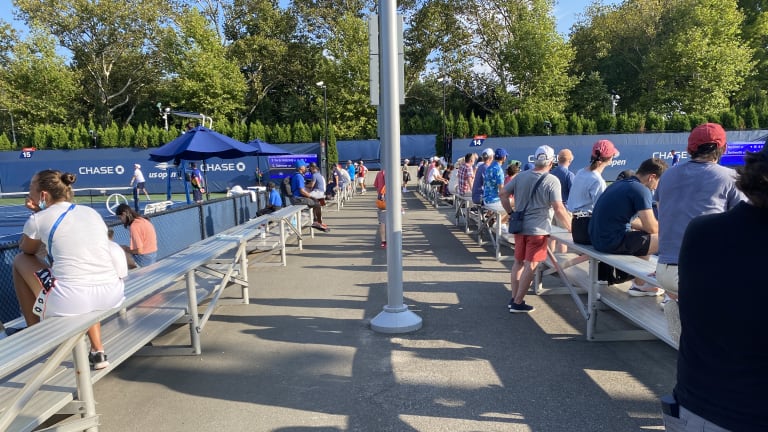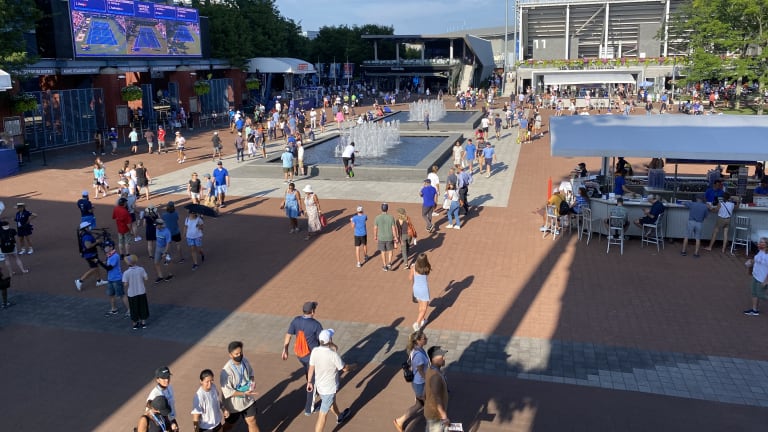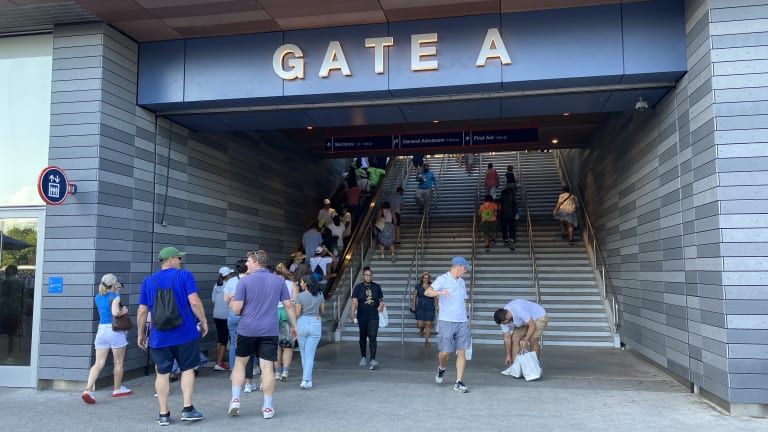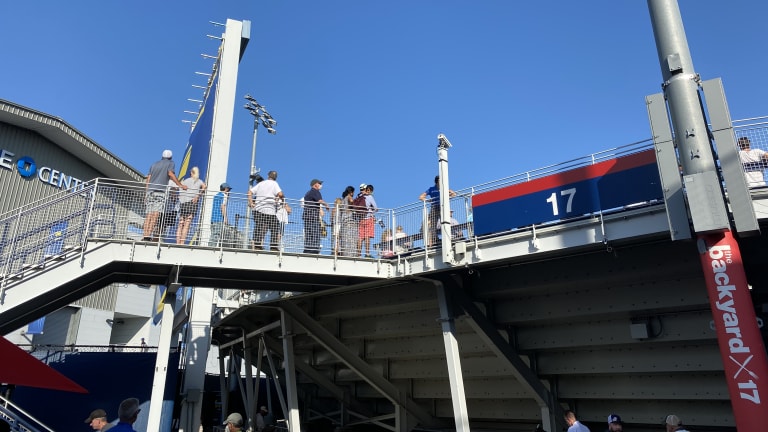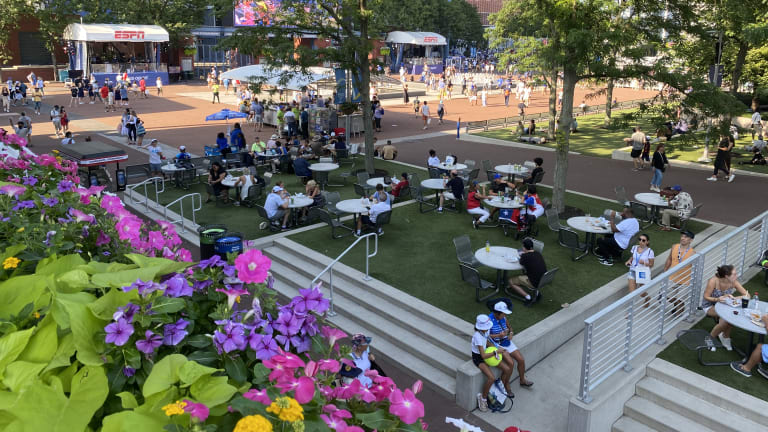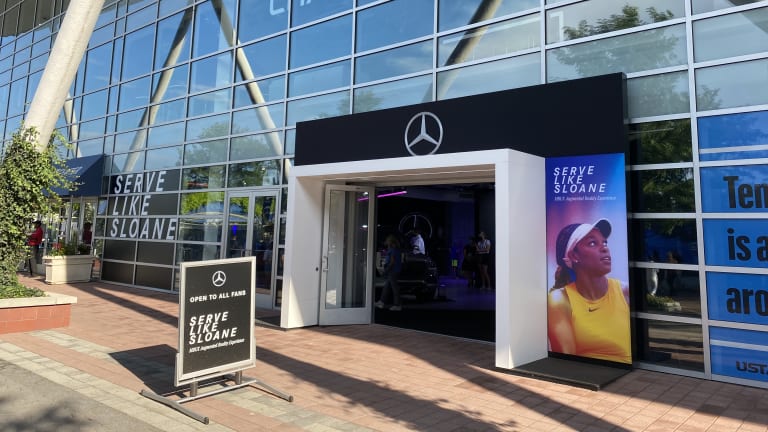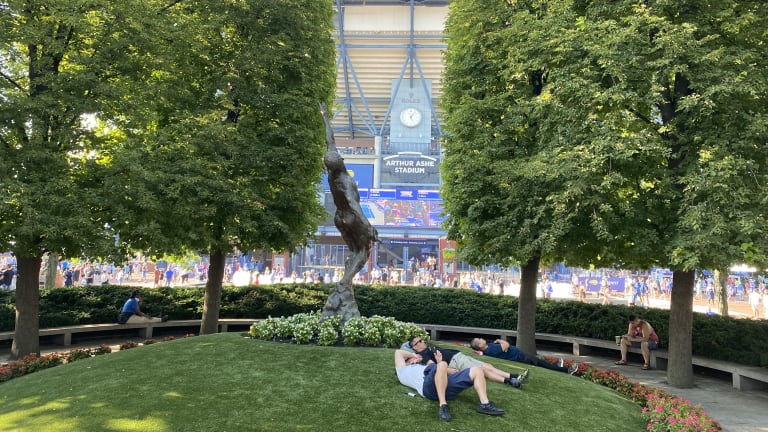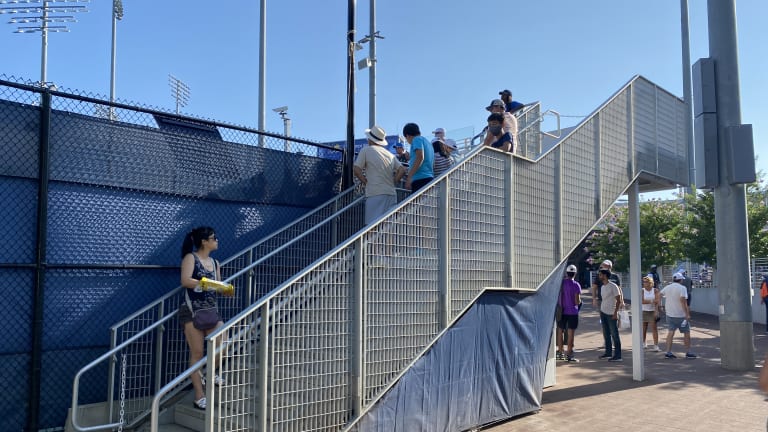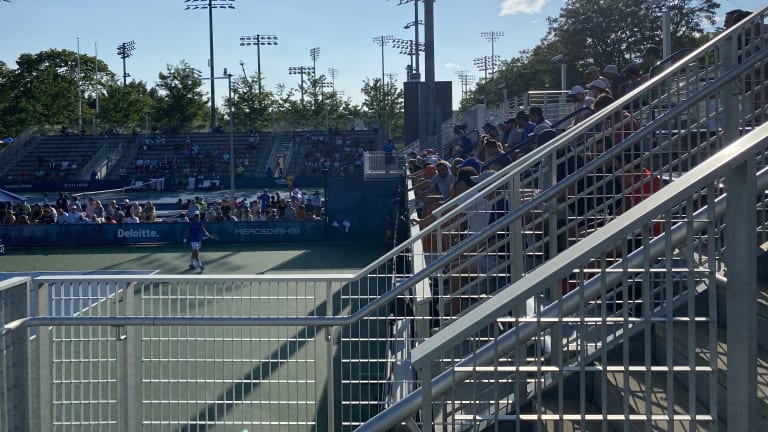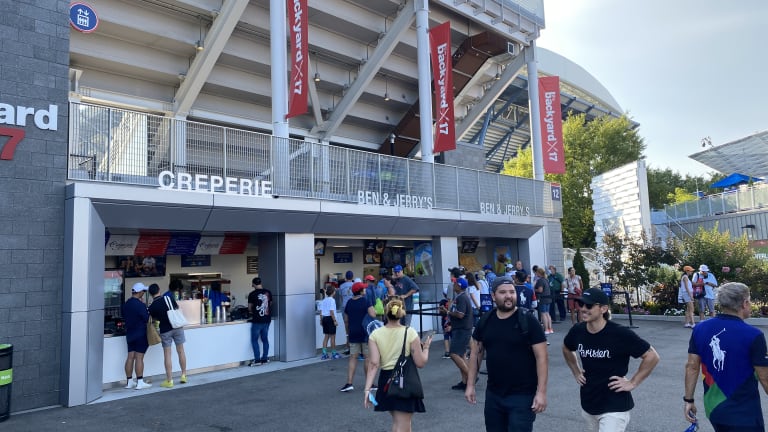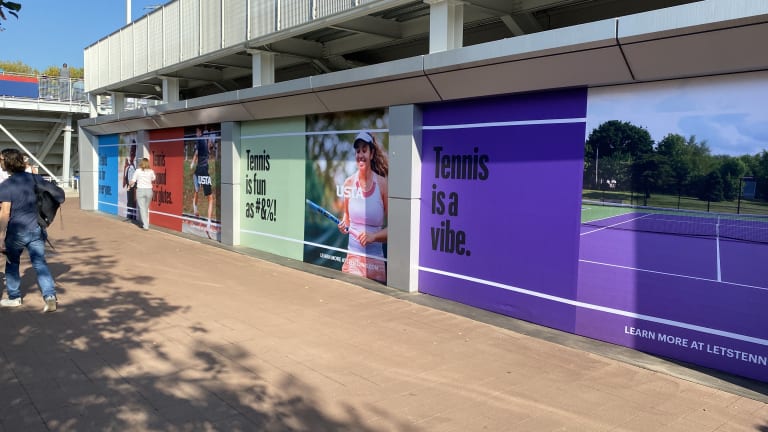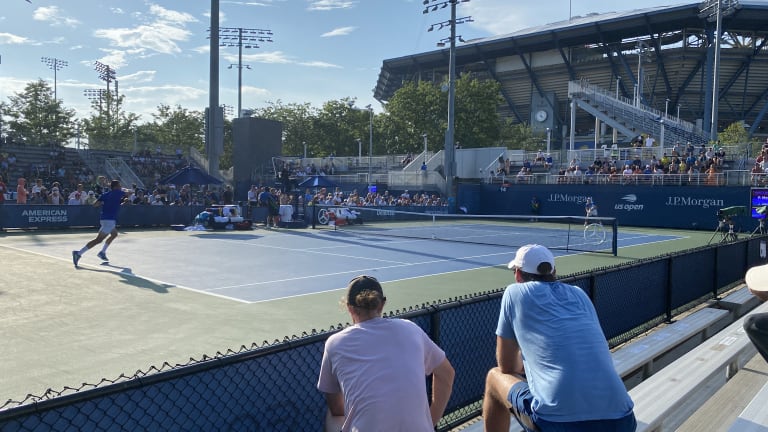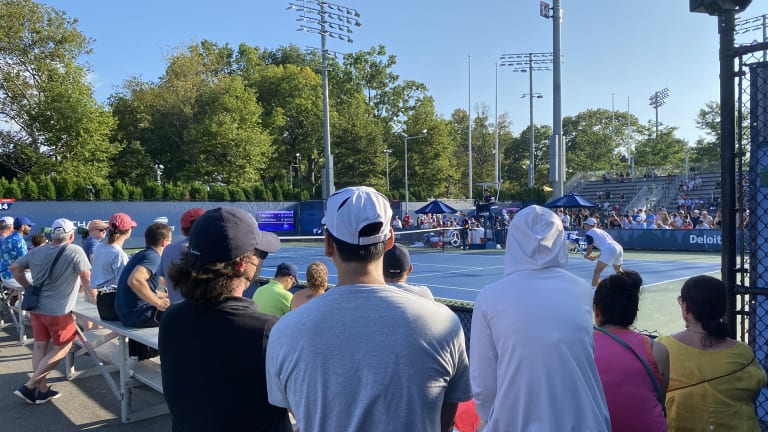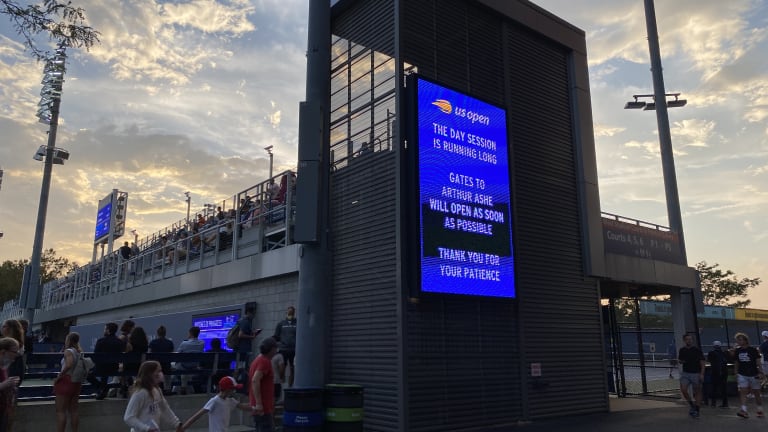US Open
Good venue vibes, great arena tennis: Let's hope this US Open is a bounceback for all involved, including Sloane Stephens and Madison Keys
By Aug 31, 2021US Open
Eric Butorac will replace Stacey Allaster as US Open tournament director
By Nov 17, 2025US Open
Beyond The Champions: 2025 US Open Winners and Losers
By Sep 10, 2025US Open
In US Open defeat, Jannik Sinner faces his shortcomings
By Sep 09, 2025US Open
Amanda Anisimova's US Open fortnight wasn't just "incredible"—it was redemptive
By Sep 09, 2025US Open
Overcoming Doubt, Finding Deliverance: Six WTA takeaways from the 2025 US Open
By Sep 08, 2025US Open
Service and a smile: How Carlos Alcaraz conquered Jannik Sinner at the 2025 US Open
By Sep 08, 2025US Open
Carlos Alcaraz captures sixth Slam and second US Open title, dethrones No. 1 Jannik Sinner
By Sep 07, 2025US Open
Alcaraz vs. Sinner US Open final start delayed by 30 minutes
By Sep 07, 2025US Open
Blinding Lights: Amanda Anisimova rues missed opportunities, serve woes after US Open final
By Sep 07, 2025Good venue vibes, great arena tennis: Let's hope this US Open is a bounceback for all involved, including Sloane Stephens and Madison Keys
Four years after they met in a lopsided Flushing Meadows final, the Americans showed an appreciative and vintage crowd something powerful and encouraging.
Published Aug 31, 2021
Advertising
Advertising
Scenes from Queens: Snapshots from Day 1 of the US Open, when fans returned to the National Tennis Center
/
Advertising
Advertising
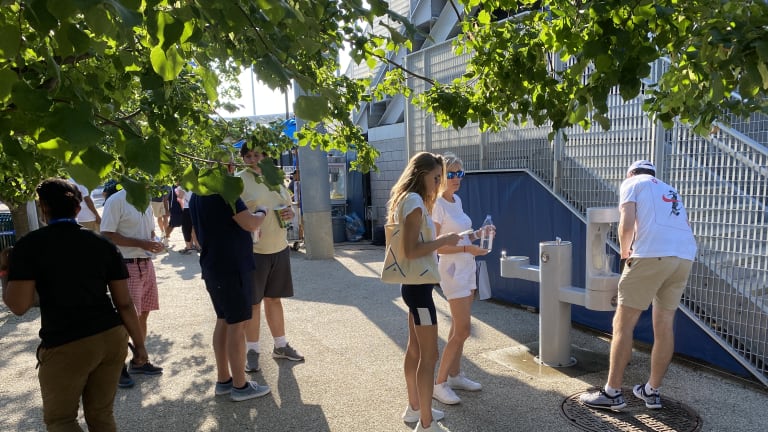
It was a familiar sight: parched fans filling up water bottles on a hot day in Queens. But the way in which they did was rather unfamiliar.
Advertising
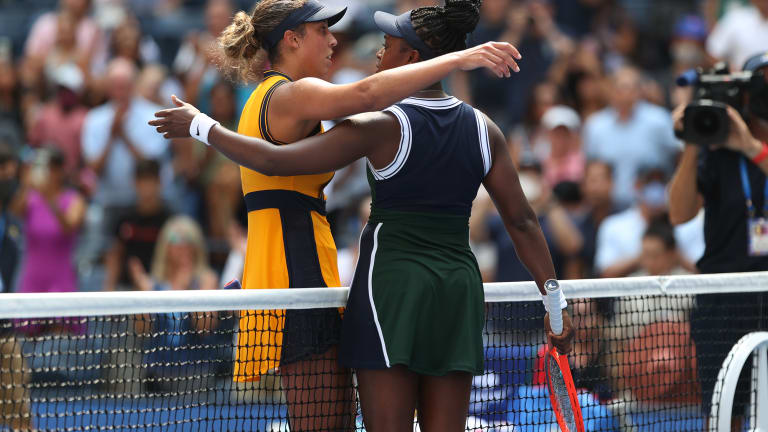
The Keys vs. Stephens first-rounder more than lived up to its billing, to the delight of a crowd that returned to a home away from home.
© Getty Images
